Five Y Combinator RAG Startups You Need To Know
Casting a spotlight on a trend involving startups that have a focus on AI
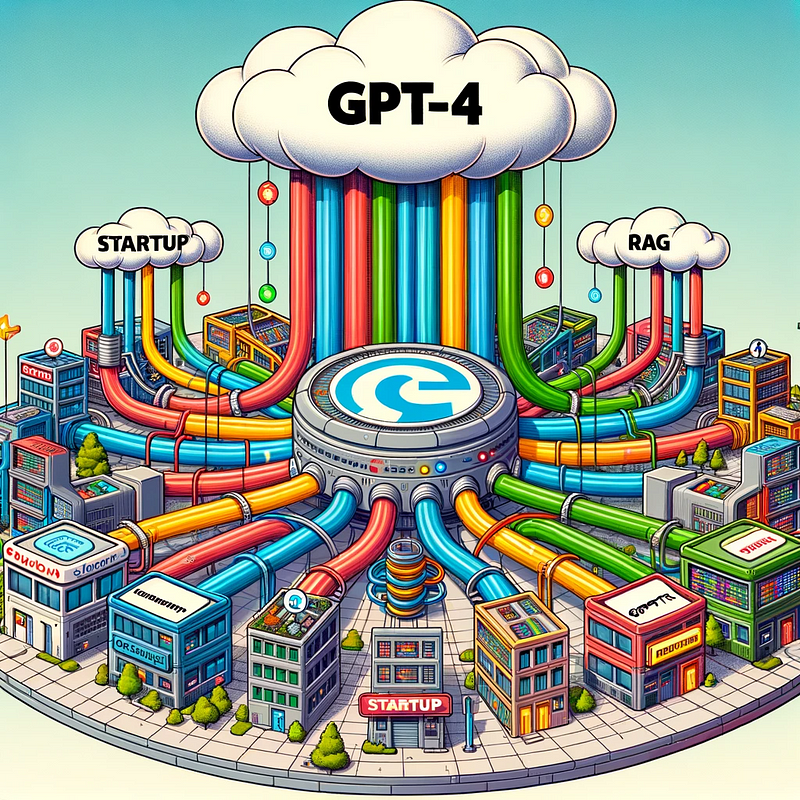
Casting a spotlight on an entrepreneurial trend involving startups that have a focus on AI
The introduction of OpenAI’s ChatGPT API has given rise to an array of startups that incorporate GPT-4 to tackle diverse challenges. From financial analytics to content marketing, these ventures are utilizing the capabilities of AI in fresh ways.
With support from established funding partners the practical applications of integrating GPT-4 and other AI tools are shaping the future of their respective domains.
Many of these startups, rather than just adding AI features to existing products, are fundamentally rethinking solutions through an AI-first lens. A notable pattern among these startups is the marriage of GPT-4 with supplementary data to enhance user experience and value. This is done through a process known as Retrieval Augmented Generation or RAG for short.
Y Combinator, as a pioneering accelerator program, has often been a signaling device for recognizing upcoming industry trends. Its ability to scout and nurture early-stage startups has historically acted as a barometer for the direction in which technology and innovation are heading.
Notably, the five RAG startups I’ve listed all hail from 2023 YC batches—emphasizing that if you are reading this, you, like the following startups are truly on the frontier of innovation within AI. Comment below with any of your reviews of the following startups (if you have tried them) or others I should add to the list.
Now, let’s dig into these five YC startups leveraging RAG to deliver value.
To learn more about RAG, read Avra’s excellent introduction below.
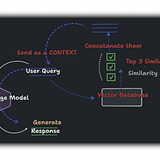
Streamlining Quarterly Report Analysis

Companies: Fintool & Quill AI
Funded by: Y Combinator
For anyone who’s tried, sifting through quarterly reports can be a very time-consuming task. Fintool and Quill AI aim to simplify this by offering a conversational AI assistant. The goal? To make data from public trading companies, like SEC filings more accessible and understandable through a chat interface.
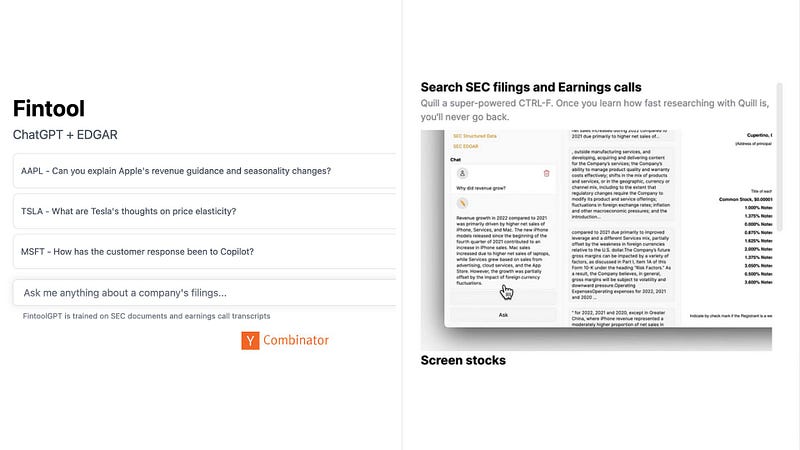
Hassle-free Document Generation

Company: Watto
Funded by: Y Combinator
Creating standardized product documents, white papers, and requirement docs can often be repetitive, especially when similar information is spread across various documents. Watto seeks to address this by allowing users to integrate their existing documents and in return, receive the necessary generated documents.
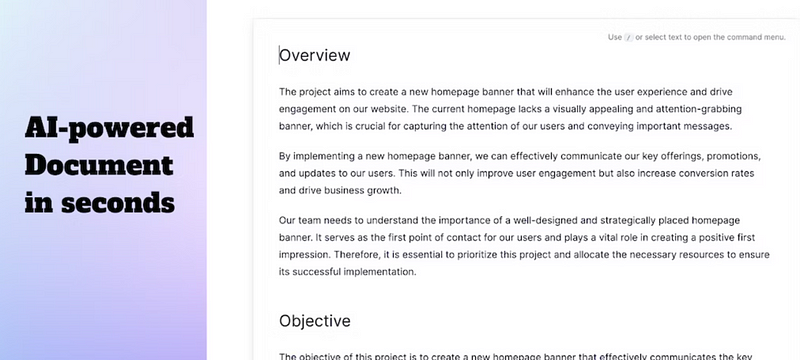
Navigating the Vast World of Academic Research

Company: Epsilon
Funded by: Y Combinator
Finding the right academic paper can feel like searching for a needle in a haystack. Epsilon aims to make this search more intuitive by organizing global research into vector databases. Their platform seeks to direct users to the relevant academic papers that might answer their questions.
The current state of RAG can be readily felt by giving their free online portal a try — matching questions with content isn’t easy.
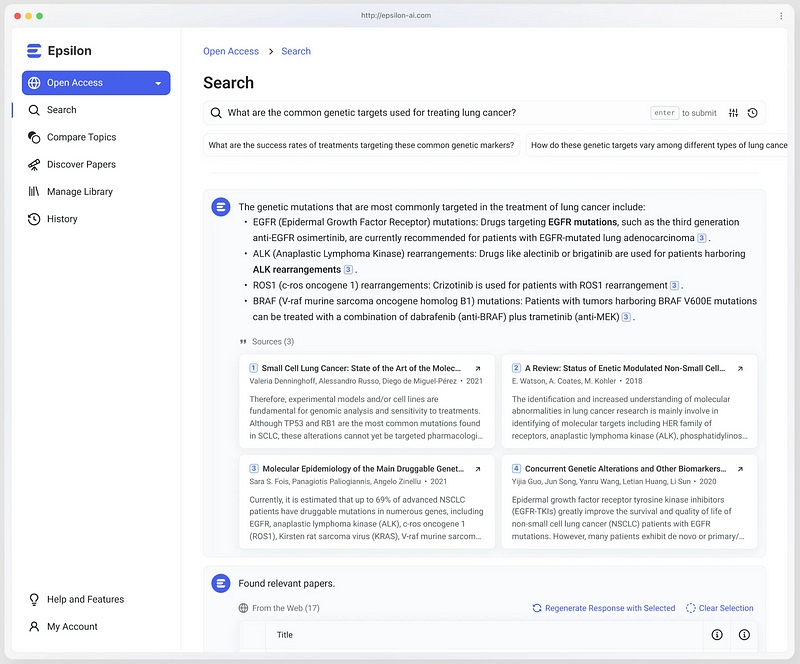
A Fresh Approach to Content Marketing

Company: Speedybrand
Funding by Y Combinator
Speedybrand is striving to make content marketing more intuitive. Their approach combines web-scraping and keyword search analytics with GPT-4’s generative features. Users simply input a URL, and Speedybrand analyzes the site, offering suggested blog titles and potential traffic metrics. If a title resonates, users can have the entire blog post generated and integrated into their Content Management System (CMS) with just one click.
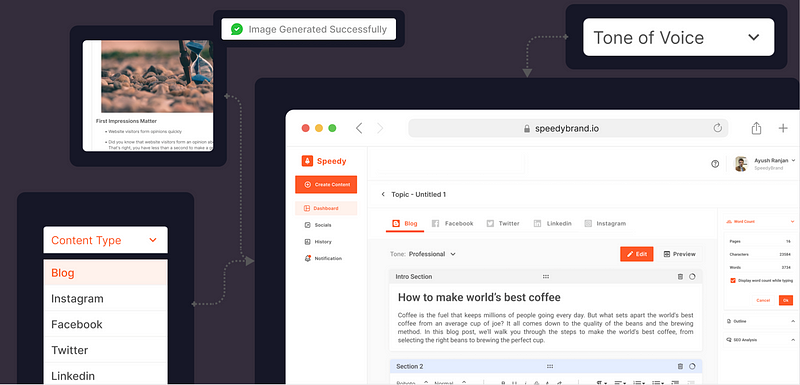
BONUS: Going Beyond Simple RAG

Company: Perplexity
Funded by: Raised a $25.6M Series A from New Enterprise Associates, along with various well-known angel investors.
Perplexity is focused on developing state-of-the-art RAG to create a vast knowledge hub and take on Google in the knowledge seeking space.
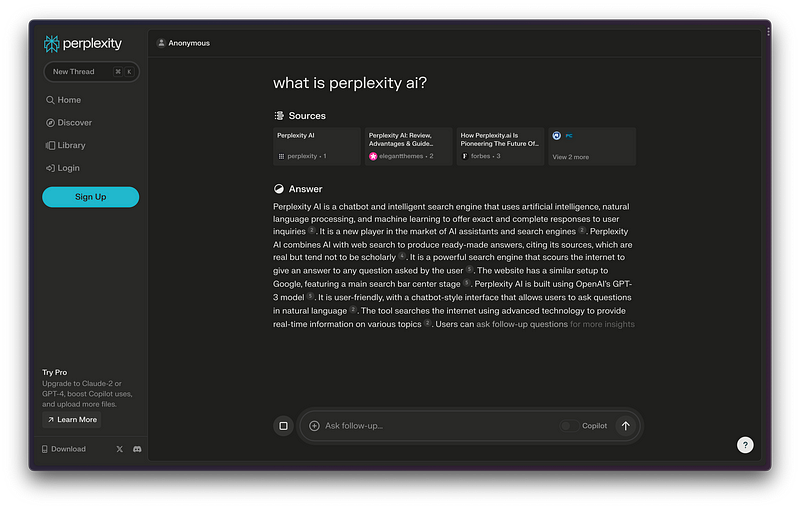
In a world increasingly influenced by AI, these startups showcase the practical applications of integrating GPT-4 and other AI tools into various sectors. With support from established funding partners, they’re shaping the future of their respective domains.




